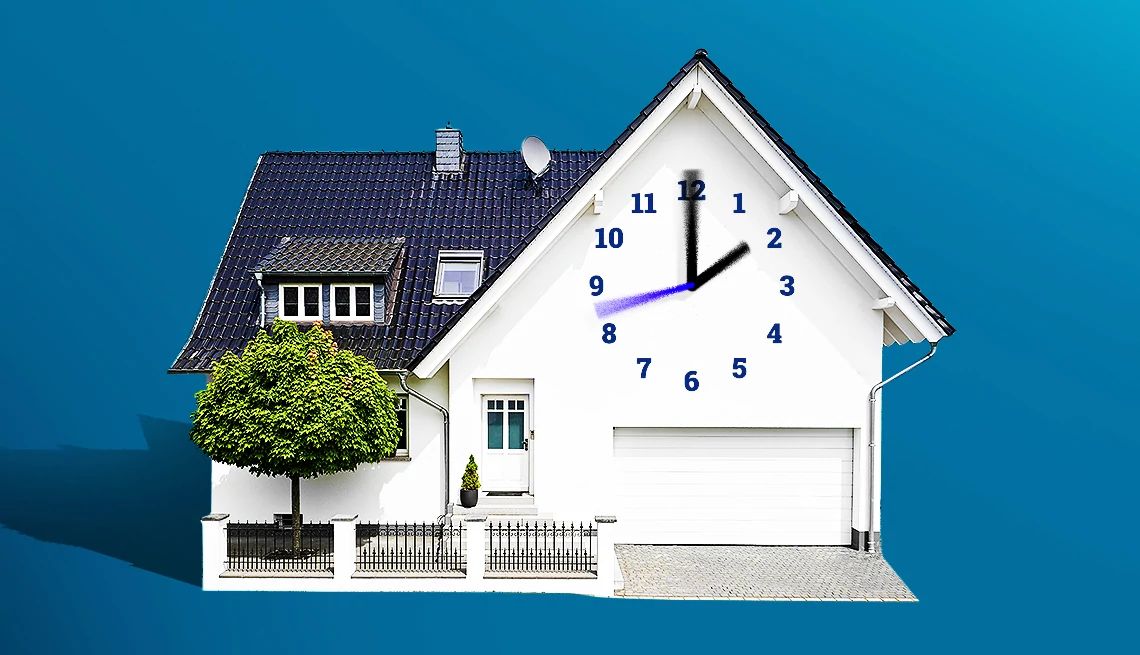AARP Hearing Center


A quick test that can tell you how well you are aging requires just one thing — or really, just one leg.
Researchers from Mayo Clinic have found how long a person can stand on one leg is a better measure of aging than changes in strength or gait (a person’s walking pattern), which are two other characteristics often used to assess healthy aging.
A group of 40 healthy adults over the age of 50 completed walking, balance, grip strength and knee strength tests for the study, published Oct. 23 in the journal PLOS ONE. Half of the study participants were under the age of 65, the others were 65 and older. For the balance tests, participants stood on both legs with their eyes open for 30 seconds, then on both legs with their eyes closed for 30 seconds. With eyes open, they also stood on their dominant leg only for 30 seconds, then switched to their nondominant leg only for another 30 seconds. (Participants could hold their arms and the leg they weren't standing on wherever they preferred.)
The researchers found that the one-legged balance test — especially on the nondominant leg — showed the highest rate of decline with age.
“If you look at all these factors that decrease with age, the ability to balance on one leg was affected the most, or declined the most, with age,” Kenton Kaufman, senior study author and director of the Motion Analysis Laboratory at Mayo Clinic, told AARP. This has serious implications, he says. Chief among them: falls, which are the leading cause of injury for older Americans.
Millions of adults 65 and older fall each year, according to the Centers for Disease Control and Prevention (CDC), and about 37 percent of these falls result in injuries. Roughly 3 million older adults wind up in the emergency room annually due to falls, and around 1 million are hospitalized. What’s more, about $50 billion is spent each year in the U.S. on medical costs related to non-fatal falls, the CDC says.
"If you have poor balance, you're at risk of falling, whether or not you're moving. Falls are a severe health risk with serious consequences,” Kaufman said in a news release.
Why balance can worsen with age
Research suggests that a person’s balance can begin to decline around midlife. In one study led by researchers at Duke Health, adults in their 30s and 40s could balance on one leg for close to one minute. Adults in their 50s were able to stand on one leg for about 45 seconds, and those in their 70s for 26 seconds.
The reason is multifaceted, health experts say. Humans rely on a combination of vision, inner ear balance and a network of muscles and nerves throughout the body to maintain stability while standing and moving, explains Devin McCaslin, chief of audiology and a professor of otolaryngology – head and neck surgery at Michigan Medicine. “And all three of those have to work together in order to get you around in your environment,” he says.































.jpg?crop=true&anchor=13,195&q=80&color=ffffffff&u=lywnjt&w=2008&h=1154)































More From AARP
Are Your Organs Older Than You Are?
How to know if your organs are aging faster than you are, and ways to slow down biological aging5 Tests to See How Well You Are Aging
Find out your fitness level
Tips to Tighten Your Tush
Here are 25 ideas to help you sculpt those glutes and keep you strong and activeRecommended for You